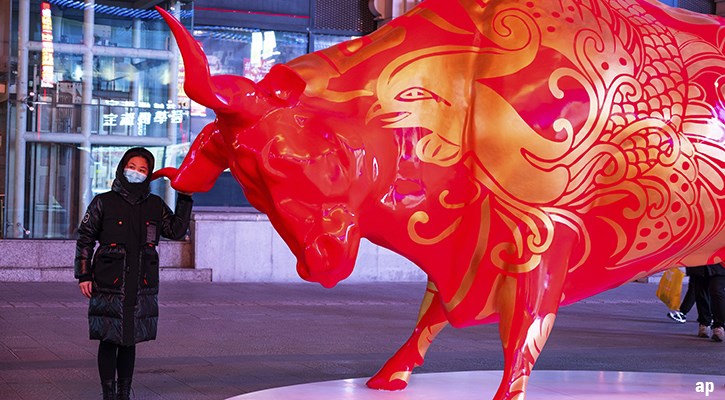Andrew Willis: We’re here at the Future Festival World Summit to hear the latest on tech innovations and evolutions in marketing. And video games have been making waves, including the ‘game’-ification of marketing tools like smartphone apps. But what caught our eye, is the changes happening within the video game industry itself.
Video games have evolved from the quarter-popping marathons of arcades past. But since then, a key segment of the industry has gone back to a pay-as-you-play model –this time with a twist, and an element of gambling –that has caught the attention of regulators.
Microtransactions – or the purchase of in-game items and upgrades – has become big business. Free-to-play games are picking up swathes of new players who, after investing time and effort – are tempted with ‘loot boxes’, which offer the chance to advance in a game – for a fee.
It makes business sense. Players play their games for longer because they want to keep the loot they earn, and want to reach the next big prize. They spent a whopping 27 billion U.S. dollars in 2019, up from 13 billion in 2012. We project industry revenues will nearly double by 2022.
Because the model is based on random chance rewards and exploits compulsive human behaviour in the same way slot machines do, regulators have begun to consider treating the industry like a casino.
Both Belgium and the Netherlands have investigated, fined, or banned games for breaking gambling regulations. China took on the business model, resulting in a compromise where developers had to publish the odds of winning.
In markets like the U.S. and the U.K., public disapproval of the loot boxes and youth-targeted marketing has gotten the attention of government agencies and politicians. We believe the probability of a ban is unlikely, but are less confident that regulation can be delayed indefinitely. Investors should be aware that an eventual compromise may be in the cards.
For Morningstar, I’m Andrew Willis.



















